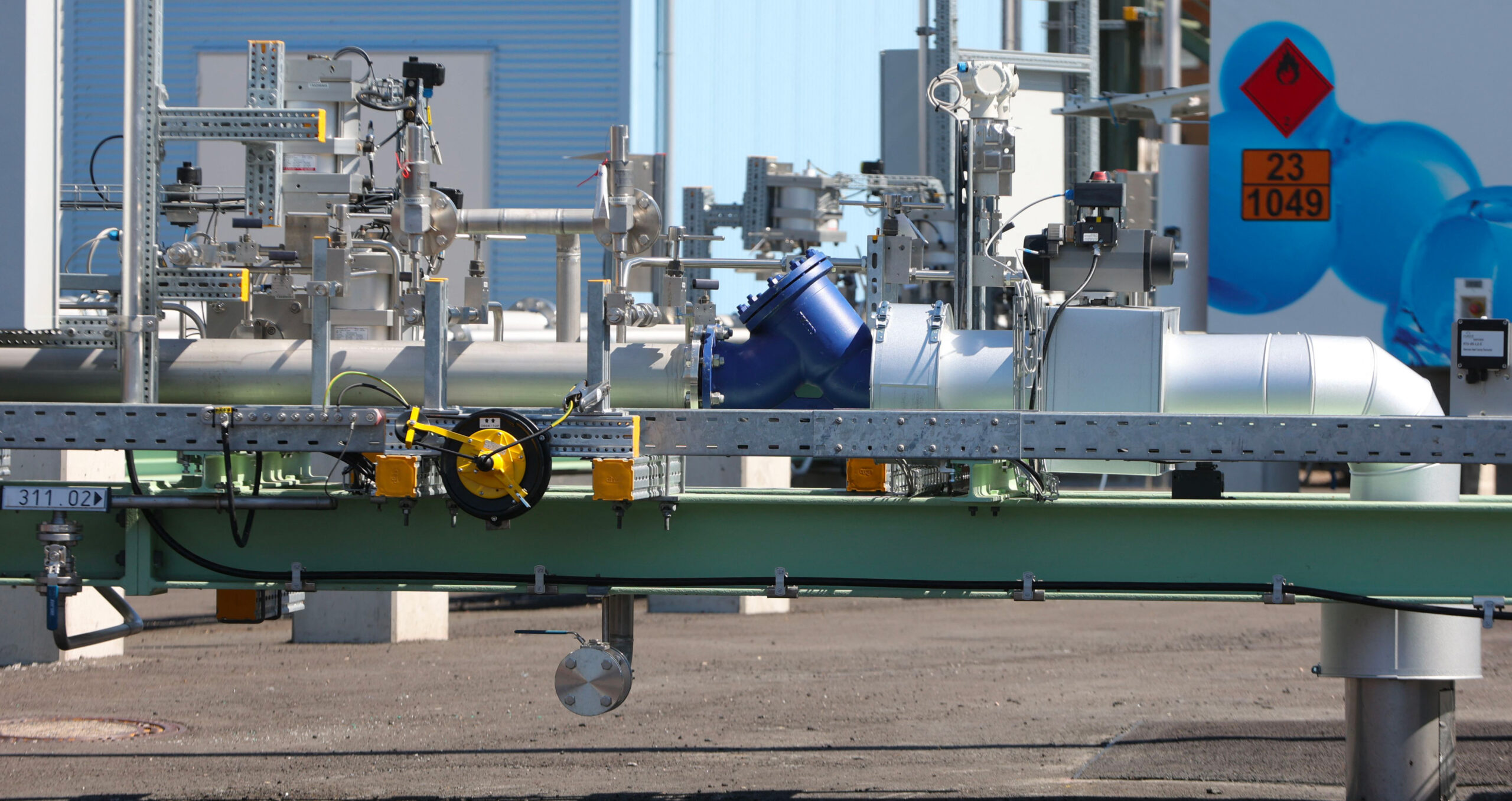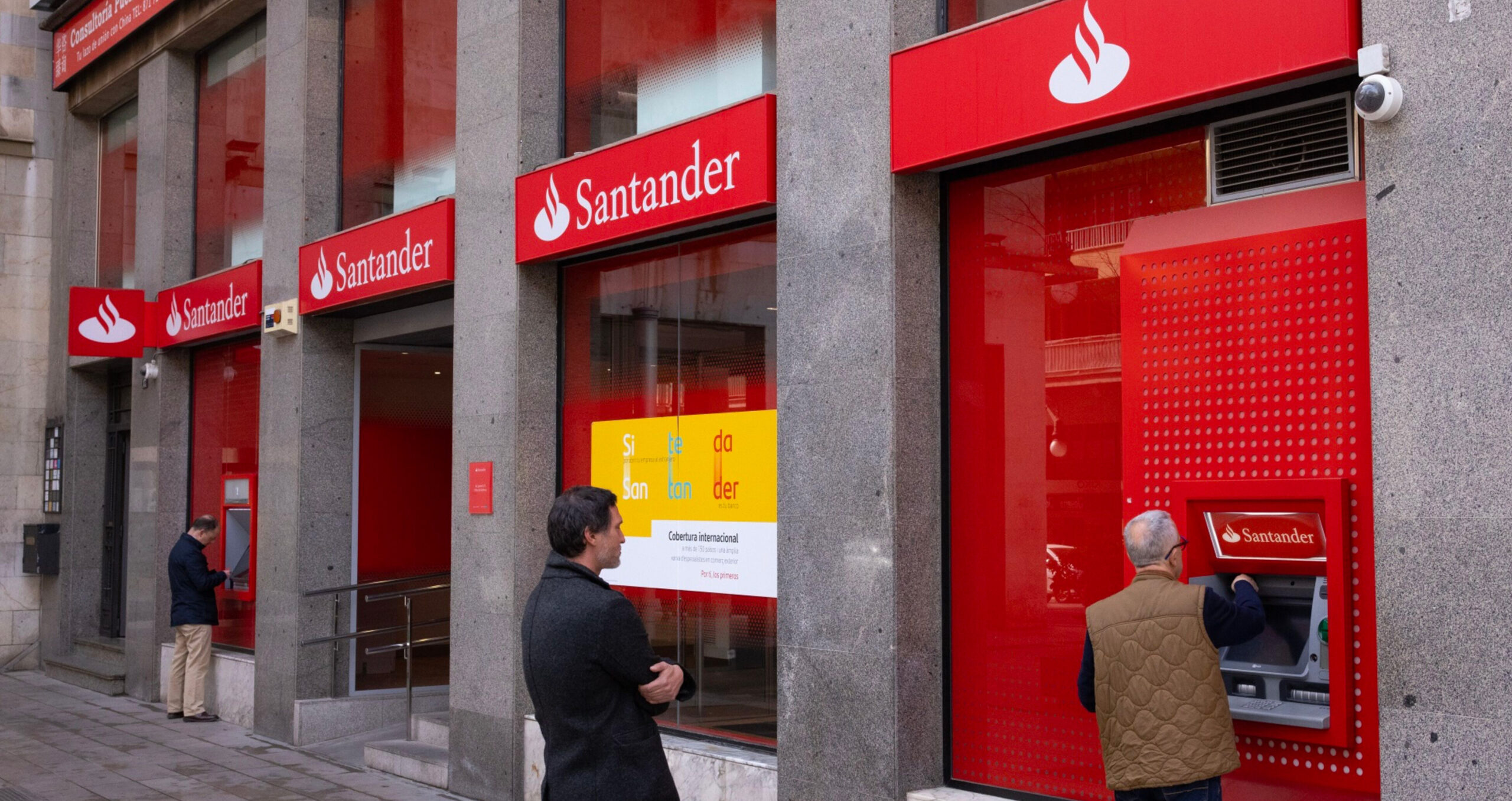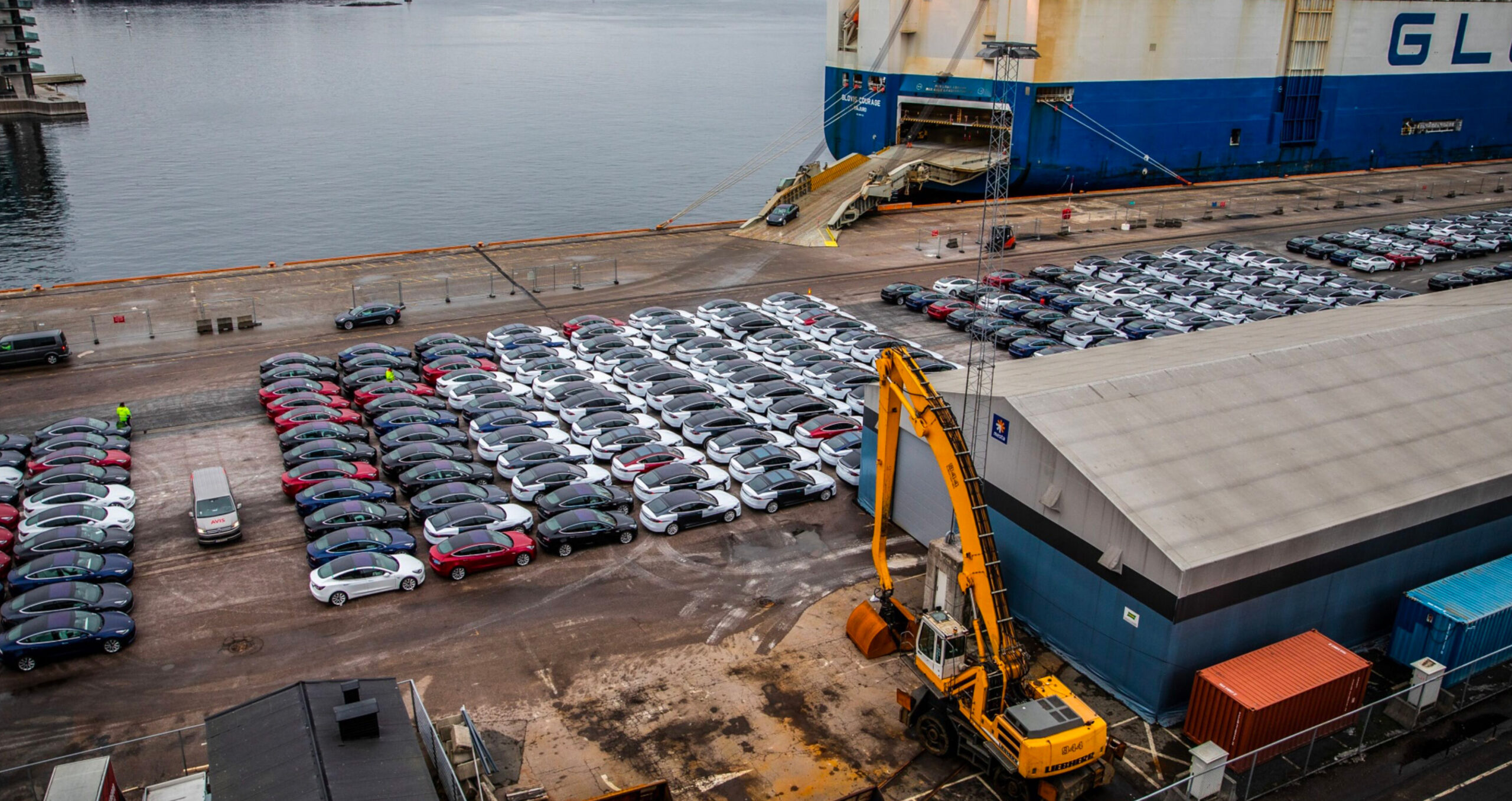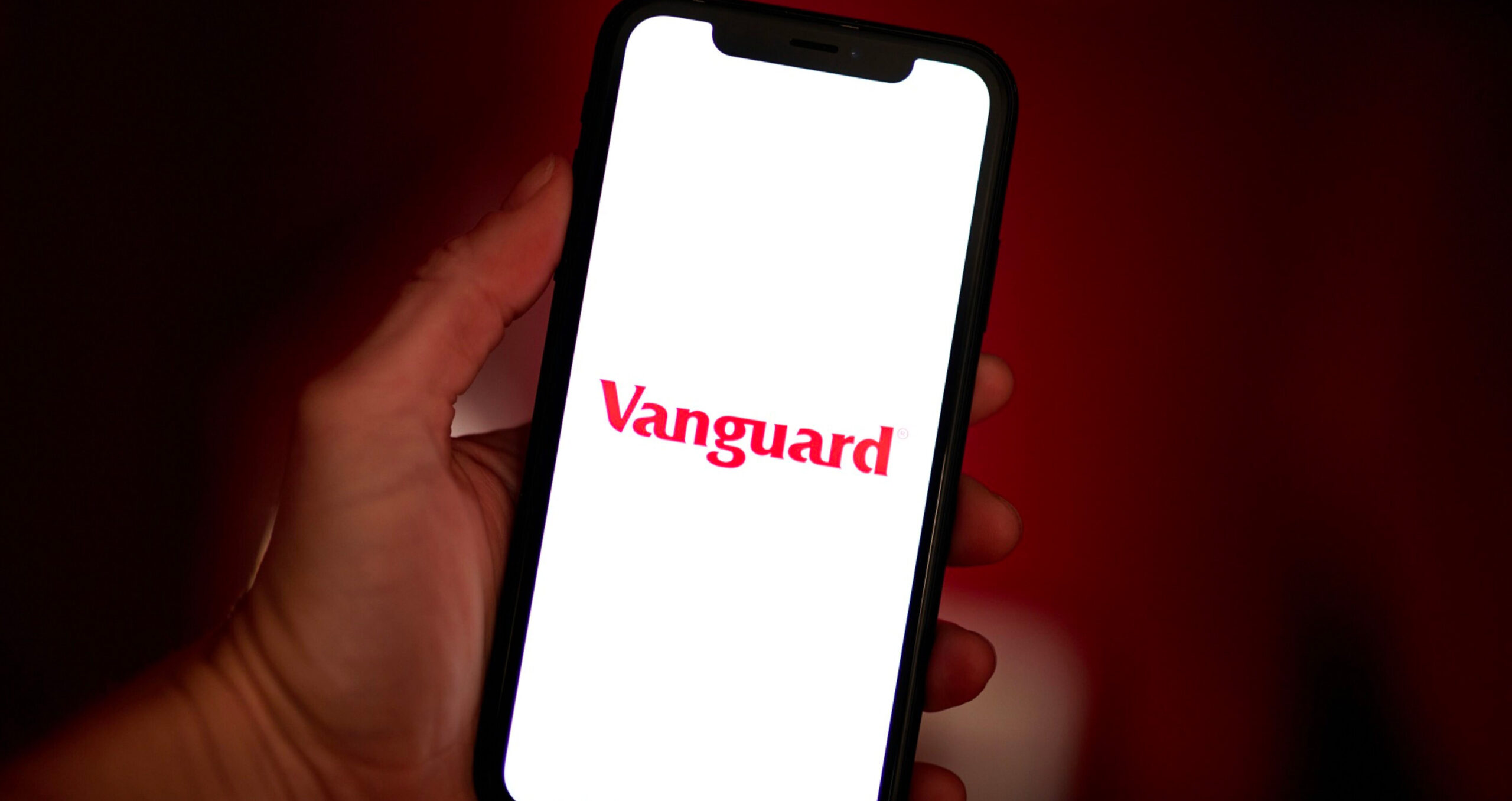
Hydrogen hype yet to translate into tangible project pipeline

Ambition is not lacking in announcing hydrogen projects but in reality, many are yet to reach a final investment decision.
While the number of announced large-scale hydrogen projects grows globally, only about 10 per cent have reached the final investment decision, according to the Hydrogen Council’s Hydrogen Insights 2022 report, published in September.
Between January 2021 and May 2022, 680 hydrogen projects were announced globally, including 61 gigaprojects, the report details. Of these, some 534 announced projects aimed to be fully or partially deployed through 2030, representing total investment commitments of $240bn.
However, the actual deployment of these hydrogen projects is lacking. The report notes that only about $22bn worth of projects have reached a final investment decision, or are under construction or operational, 189 out of the announced 680 projects.
Hydrogen Council executive director Daryl Wilson says final investment decisions are being hit by a lack of clarity around government policy and funding. Wilson adds that these projects need more clarity in policy support and incentives to proceed with new energy projects.
Lacking details
Europe shows the most activity in hydrogen projects announcements. It accounts for more than 30 per cent of global announced projects, worth about $76bn with 314 project proposals in total, as of May 8 2022. Of this, only $6bn are being deployed – showing the largest gap between the value of announced projects and the value of the projects under development.
Murray Douglas, head of hydrogen research at energy consultancy Wood Mackenzie, says European governments, especially the EU, have set out aggressive targets – yet the details on how to achieve these targets are lacking.
In its Repower EU plan, the EU announced its target of producing 10mn tonnes of hydrogen in the bloc, importing an extra 10mn tonnes by 2030. The UK’s hydrogen strategy, published in 2021, outlined its ambition to grow production capacity to 10 gigawatts by 2030.
North America and Latin America showed the fastest growth rate of project announcements since 2021, with about 20 per cent of announced projects each. According to the report, project proposals are worth about $47bn in North America and $43bn in Latin America.
Of this, the value of projects that have reached final investment decisions totalled around $8bn in North America, which reached a higher value than in Europe. The project proposals announced in Latin America barely reached the final investment decision, less than $1bn.
Carbon capture utilisation and storage
The Hydrogen Council reported that most projects with committed capital reaching final investment decision are low-carbon hydrogen projects, including blue and green hydrogen, driven by operational low-carbon hydrogen projects in North America.
The International Energy Agency argues that more than 80 per cent of hydrogen is produced from fossil fuels – which are highly carbon intensive – and the production of low-carbon hydrogen will mostly be from fossil fuels with carbon capture in the near term.
The US has seen a major influx of carbon-capture projects this year. With CarbonCapture’s recent Wyoming project, four projects worth around $849mn were announced in the country between January and July 2022, according to foreign investment tracker fDi Markets.
Mitsubishi Heavy Industries CEO Takajiro Ishikawa says: “Gas-fired power generation can co-exist by locating a gas power plant with a carbon capture facility in the US.” He adds that North America has the most suitable geological conditions for CO₂ storage.
This article first appeared in fDi Intelligence. Photo credit: Getty Images
Similar Articles

Banks under pressure to reveal data comparing green and fossil fuel spending

With better planning and investment, EV uptake could offer storage and grid flexibility


